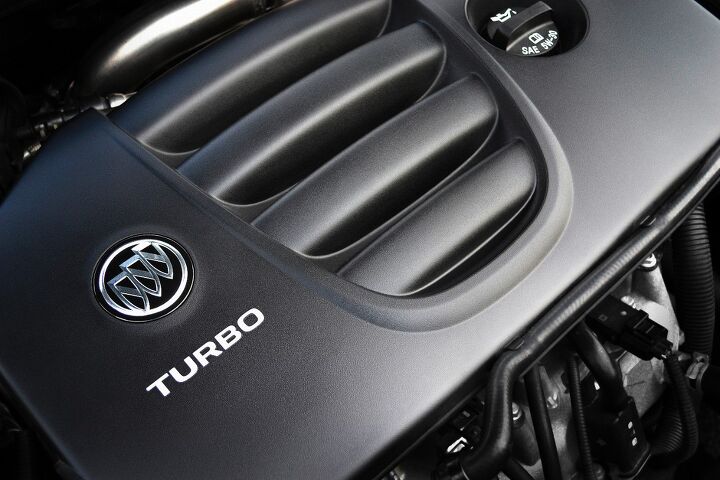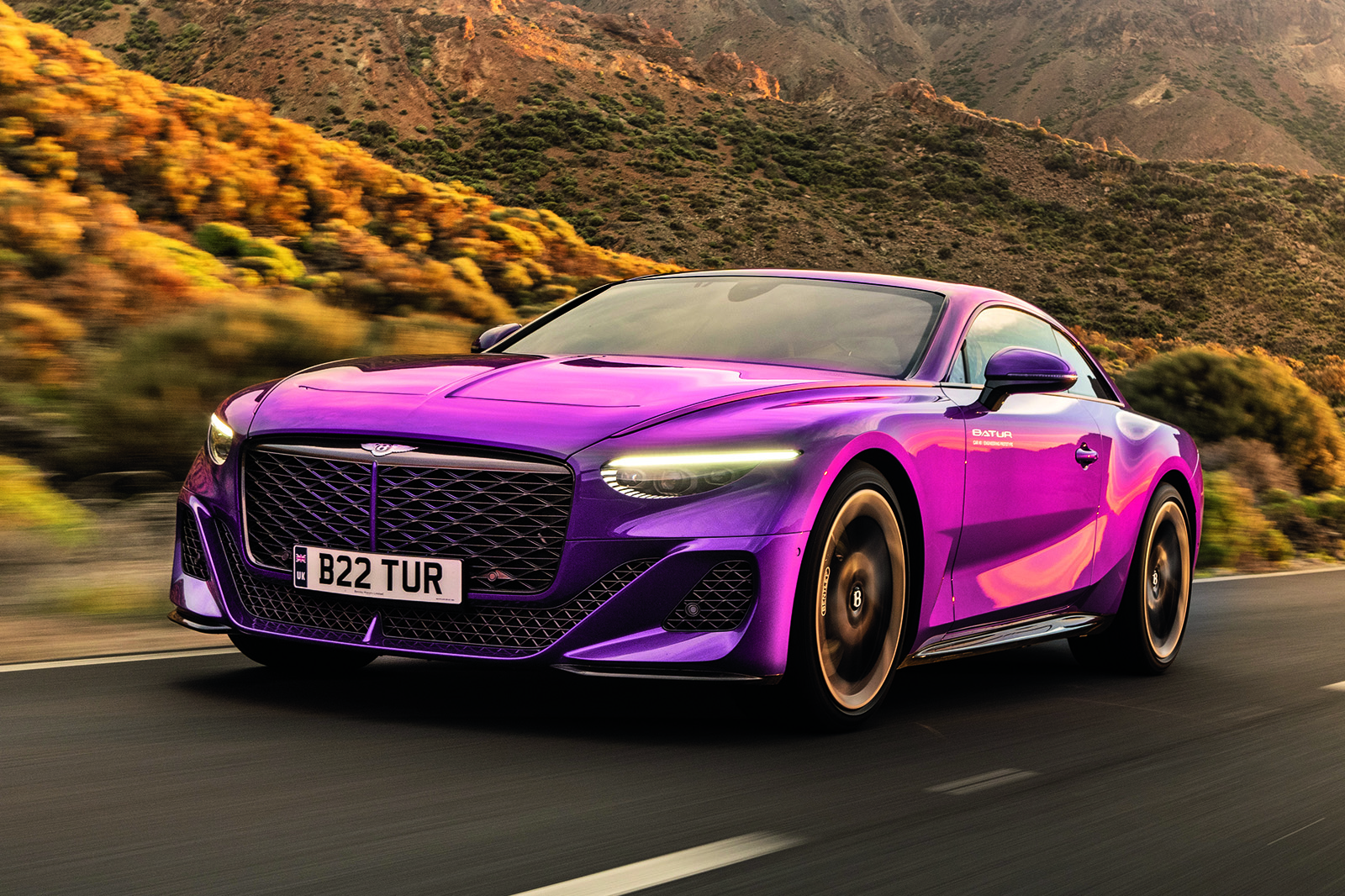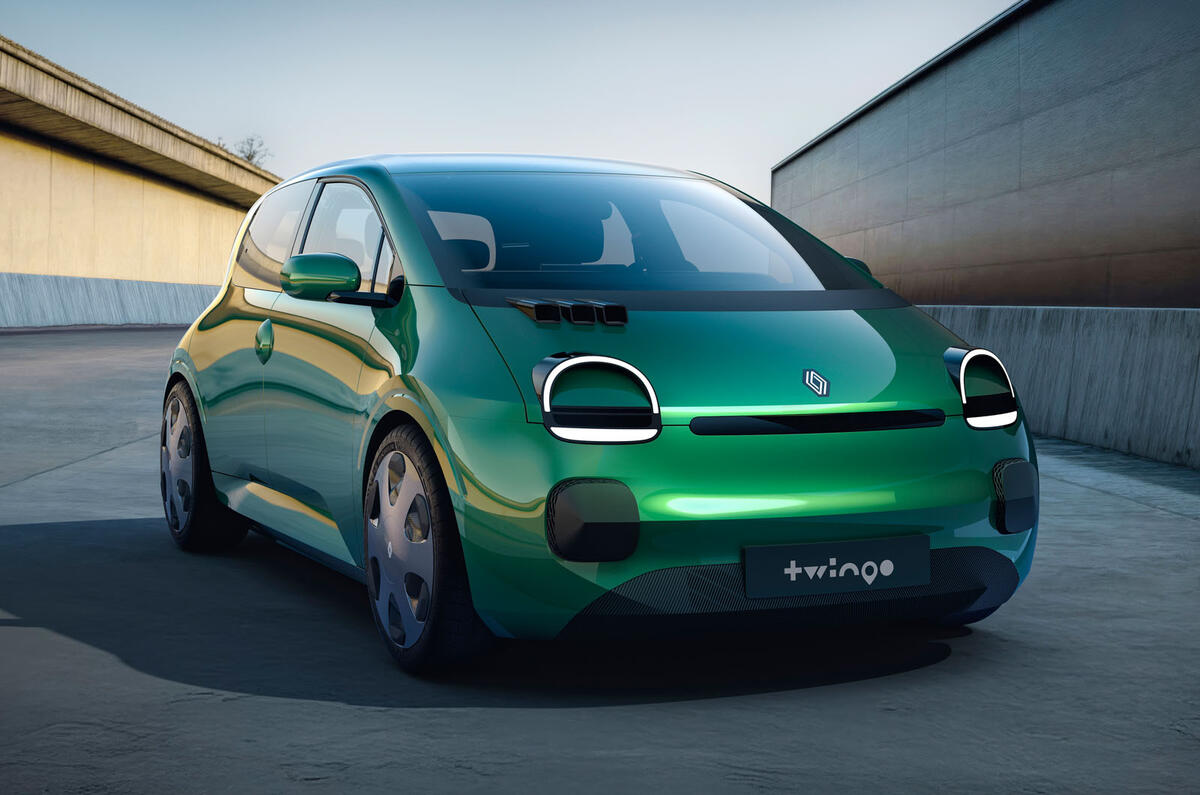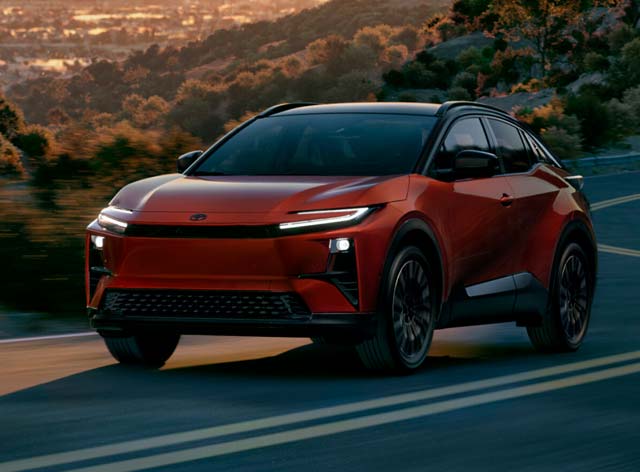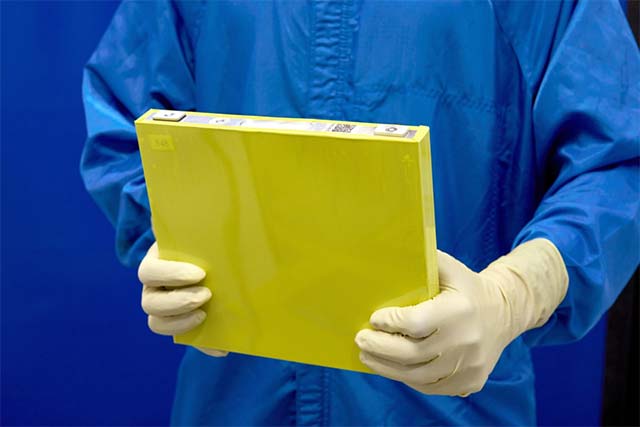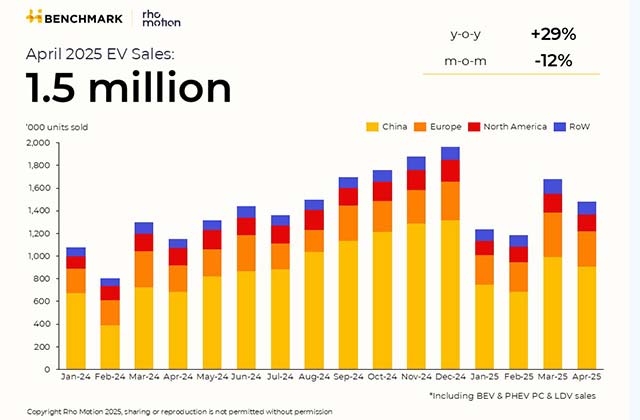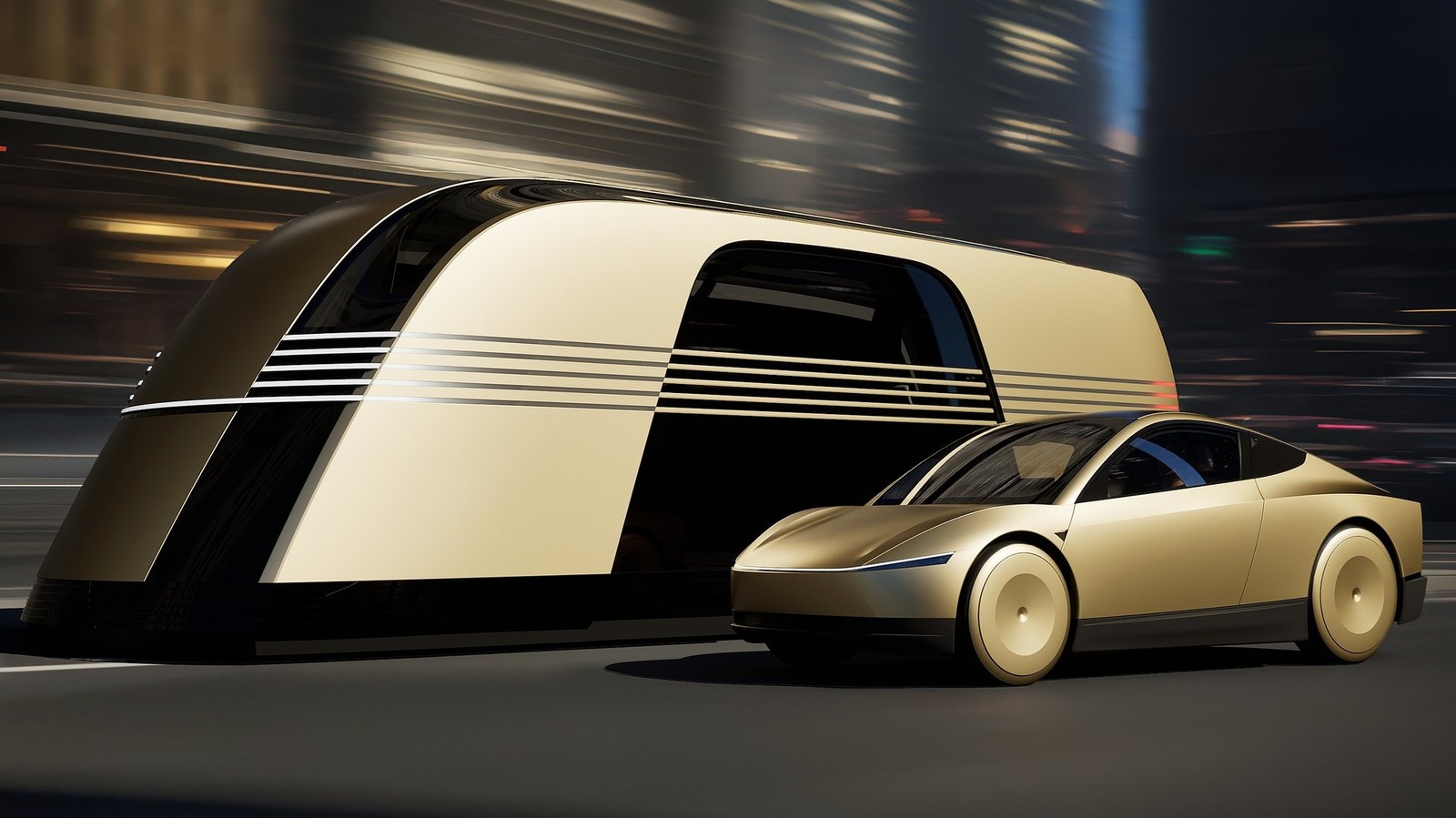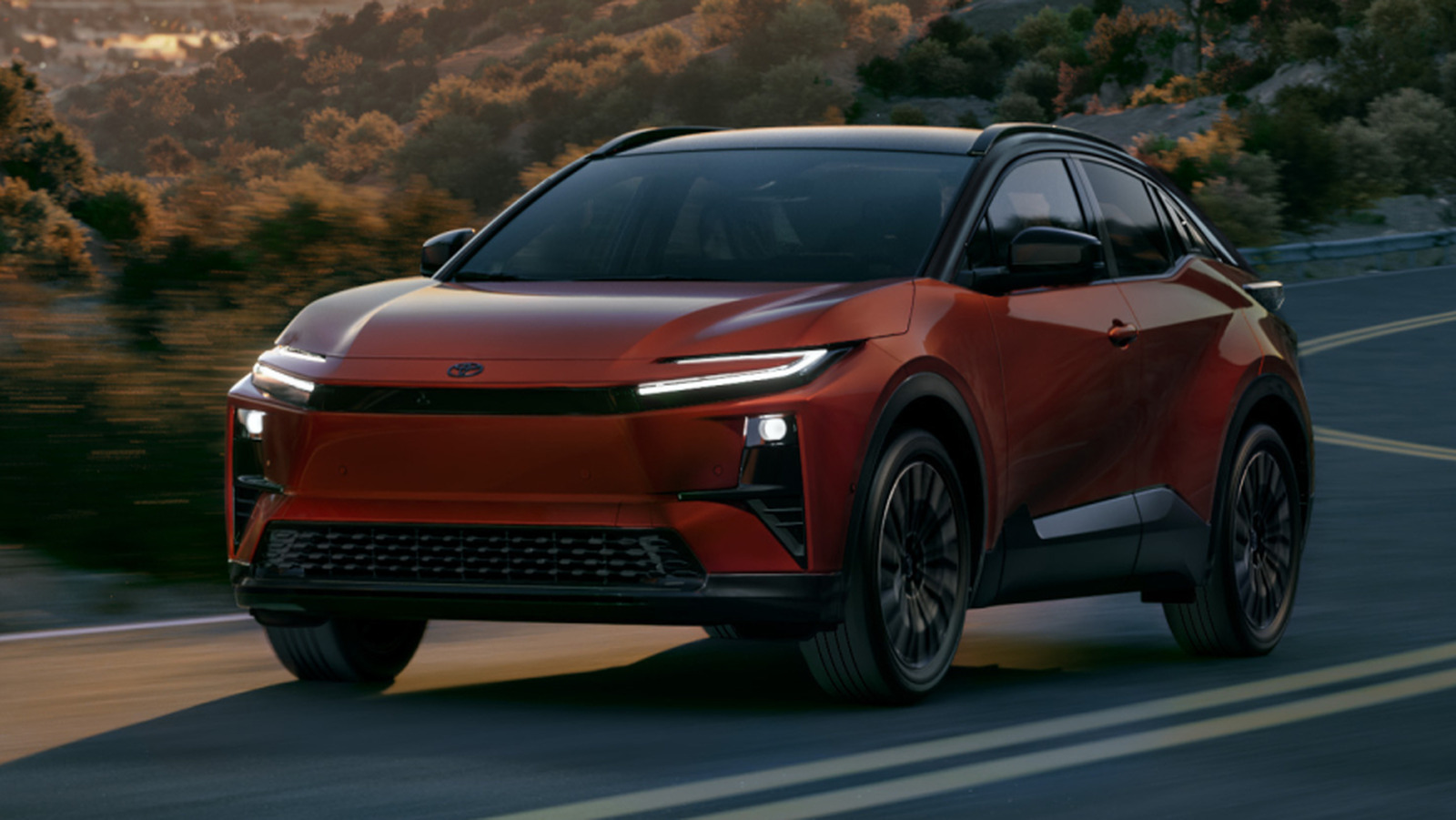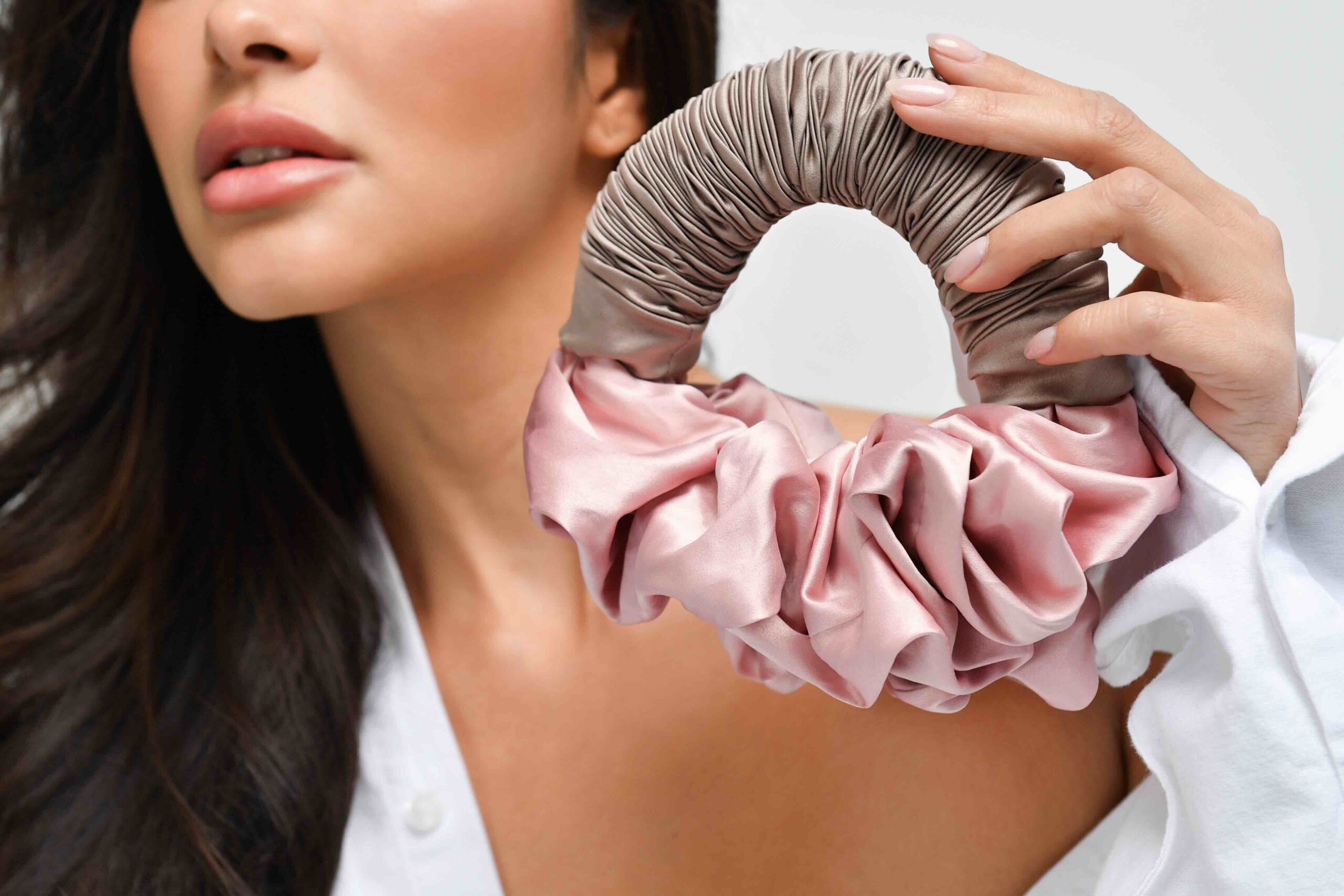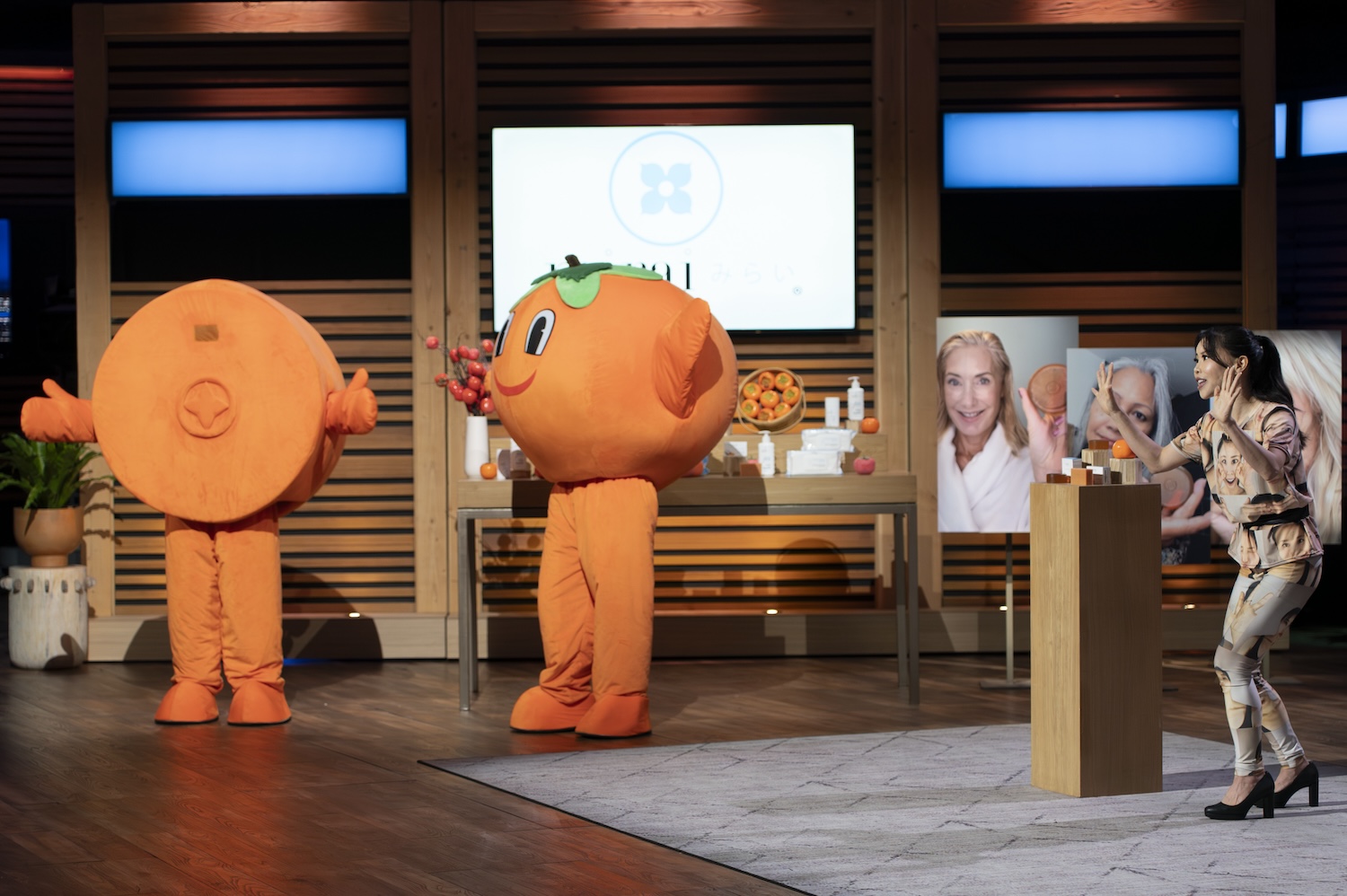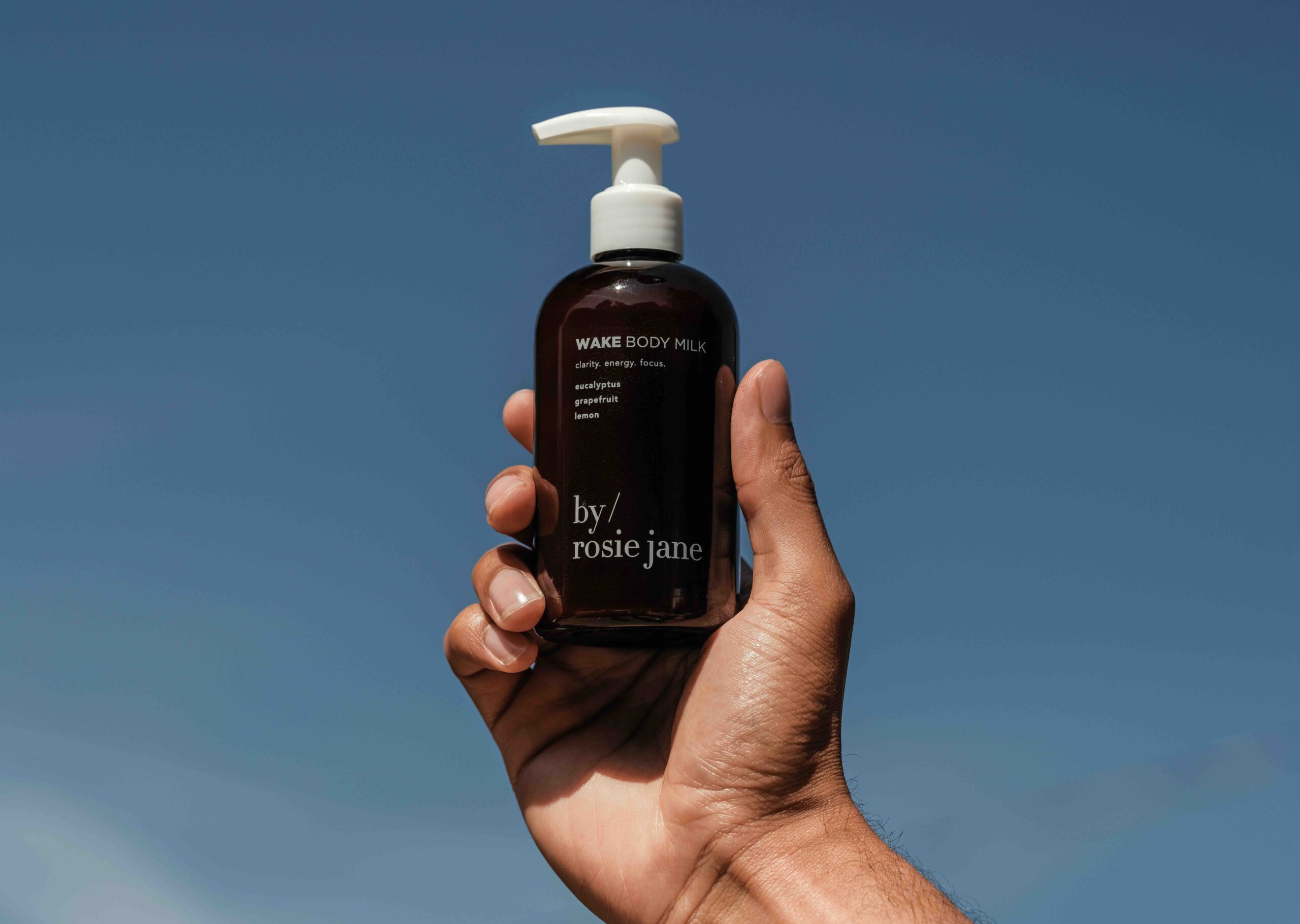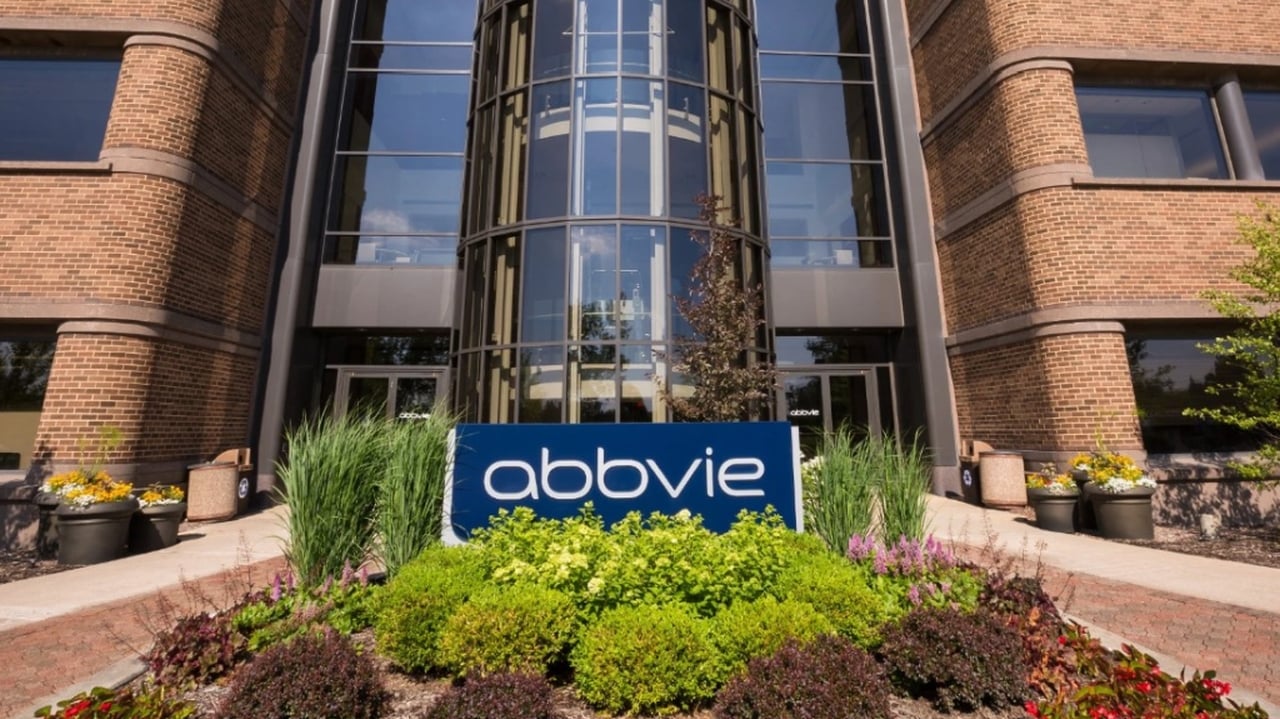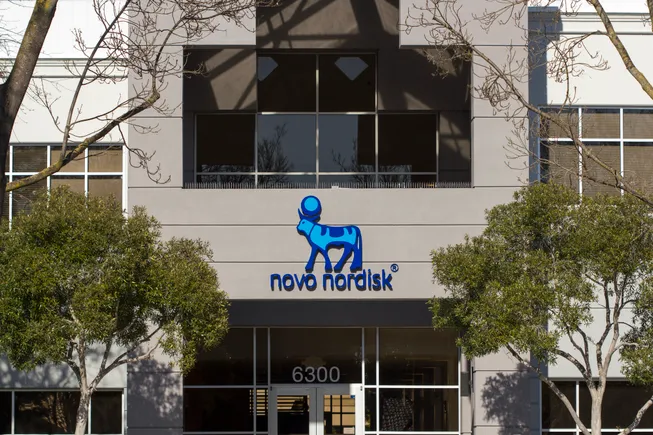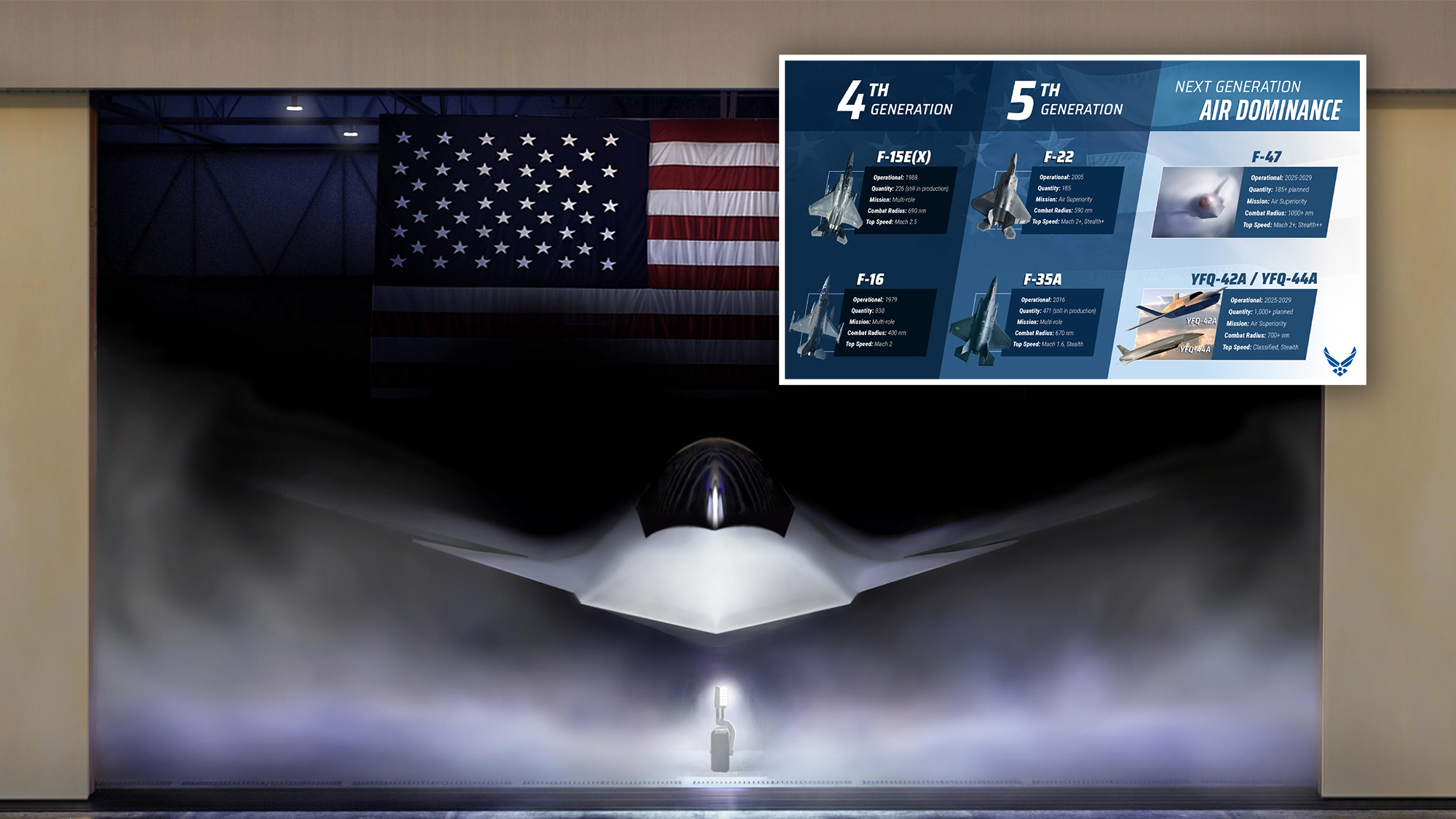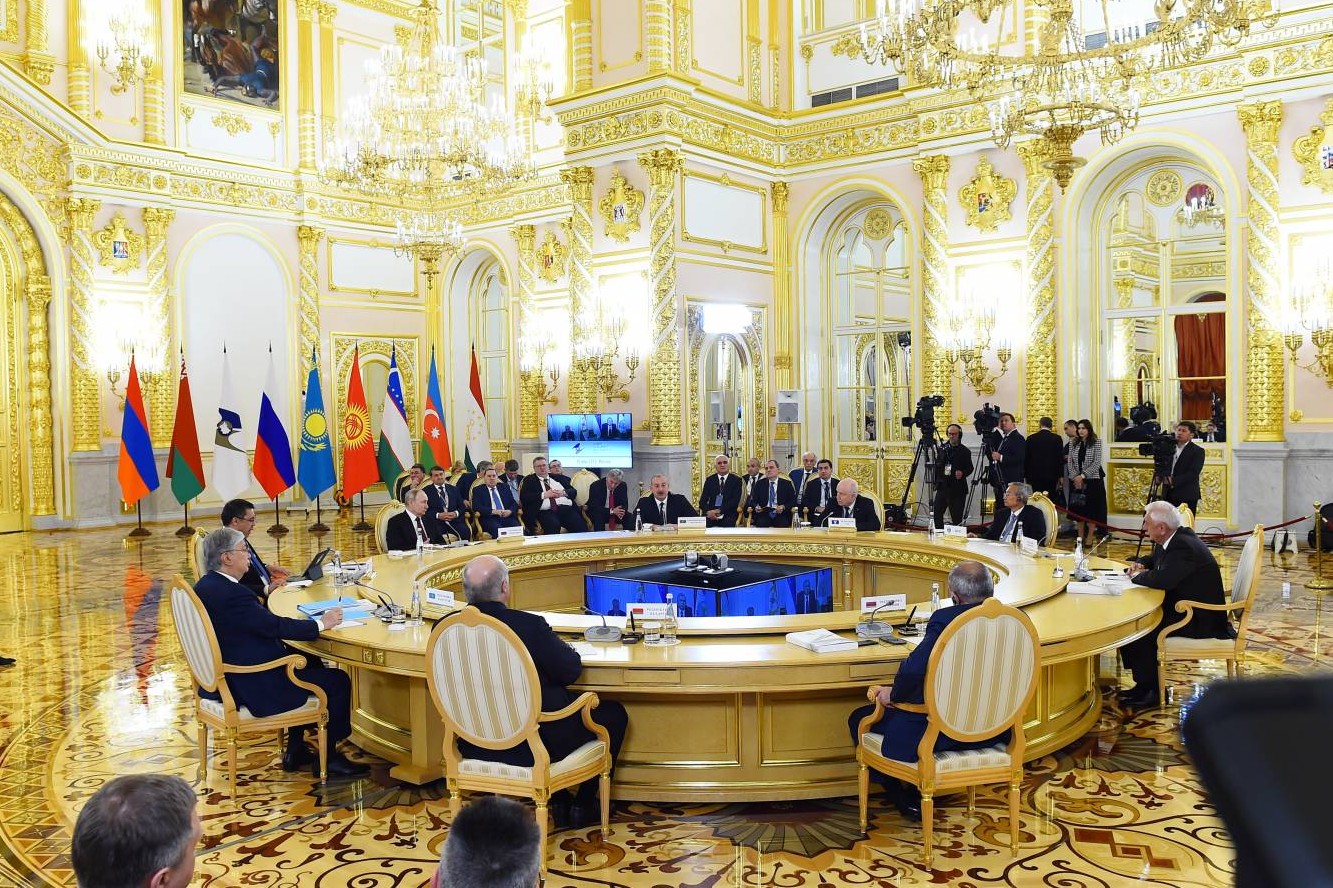Rosé is marketed in many different ways. But would it benefit from a more symbiotic marketing message among producers? Jessica Mason finds out what steps should be taken to drive sales.
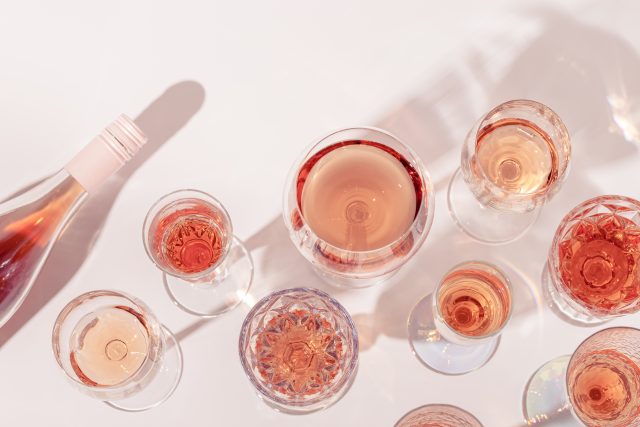
We often hear that the simplest way to market a wine is to stay consistent with the messaging. But even though many agree that rosé would benefit from more joined-up thinking, others insist that its true strength lies in the broad variety of styles the category now spans.
For advocates of the former approach, rosé would benefit from a clearer marketing battle cry. But for others, having a more unified positioning is not the be-all and end-all, especially when one pink wine can be very different from another.
Speaking to t
he drinks business, Minuty president Jean-Etienne Matton explains that “a unified marketing message for rosé could certainly strengthen the category”, but insists that “it is important to preserve the diversity that makes rosé so dynamic”.
Saint Aix global marketing director Victor Verhoef agrees. “A consistent marketing message is essential for every brand of wine, and rosé is no exception,” he says.
Looking more closely at this, Villa Sandi commercial director Flavio Geretto agrees that “a consistent marketing message” is an element that is “essential” for those who want to strengthen the identity of rosé wine as a category. He insists: “In an increasingly competitive and trend-driven market, a unified communication approach helps build brand recognition, enhance perceived quality and boost consumer engagement.” But is this the correct way to go? The jury is still out.
The key marketing messages, for instance those which amplify key topics that swirl “around quality, provenance and sustainability” also go some way towards helping consumers “navigate the category”, says Bijou brand and marketing manager Emily West. Noting how crowded the wine sector is, West suggests that any help that can be given to consumers to make good choices should be considered. But she adds: “Brands still need to show what makes them stand out.”
This is the crux. How can any wine stand out if all of them look and sound the same from bottle right through to how they are marketed? Or, more succinctly, the category is large and diverse. Can something so broad have a unified message?
Mirabeau co-founder Jeany Cronk says: “There cannot be one message that fits all, given the rosé category is not uniform.” Laurent-Perrier UK brand director Daniel Brennan agrees: “It is hard to have a unified approach when the category is so vast with so many different styles of wine and price points.”
There are, as we know, so many different ways of gaining that rosy pallor in the glass. As any expert will attest, one wine is not like another just because of its colour.
Wide spectrum
Orestes García-Miján, wine ambassador at Spain’s García Carrión, pinpoints it perfectly. “Rosé is not a monolithic category – it spans a wide spectrum of styles, colours and intentions, from the delicate, ethereal wines of Provence to the structured, age-worthy rosados of Spain and the expressive Chiarettos of Italy.” With this, he insists, the wine world needs to be mindful, because “a single rigid message would flatten this diversity”.
García-Miján ponders the fact that a “crucial point often overlooked is the misconception around colour and quality”. He explains: “In Spain, for example, traditional rosado involves longer skin contact to extract not only colour, but also fruit expression and texture.” This emphasises his point about what we see and what we get.
García-Miján notes that, in fact, “these vibrant, gastronomic wines – fruity, yet dry, and rich in character – are rooted in regional identity and craftsmanship, and yet today, the global market leans heavily toward the pale Provençal style, sometimes at the cost of this diversity”.
A story to tell
This is one way of saying: there is always a story to tell. Sometimes this is a winemaker’s personal story; at other times, a historic, heritage-driven walk through time; at yet other times, a blurb about intentions and biodiversity. There are so many factors to take into account. However, García-Miján reminds us: “The goal isn’t to decide which rosé is ‘better’, but to educate and communicate the rich variety the category offers, from light and casual to complex and cellar-worthy.”
At Saint Aix, Verhoef observes that there are also perceived echelons to quality that need to be addressed, sometimes to be reinforced and sometimes to be queried. One notion many would agree upon is that “Provence carries the same connotation for rosé as Champagne does for sparkling wines”. This, in itself, has had something of a halo effect on the category as a whole and has helped rosé in general to be taken a lot more seriously.
Highlighting Minuty’s take, Matton explains that, “rather than a single message, we believe in a shared narrative that highlights rosé’s quality, provenance and lifestyle appeal, while allowing each producer to express their unique identity”.
However, Consorzio Vini Bardolino president Fabio Dei Micheli thinks that the sector can go one step further and that “the goal should be to shift the perception of rosé from a ‘simple wine’ to a ‘wine of character’, capable of expressing the personality of a region”. It’s an interesting proposition. But not everyone agrees that there should be one core message.
Cues of quality
Benchmark Drinks CEO Paul Schaafsma asserts: “To cut through the noise, brands need to communicate the versatility of rosé – from a relaxed barbecue with friends, to birthday celebrations, to everyday moments of joy”. But, he warns: “That messaging must also be underpinned by cues of quality and authenticity to truly resonate.”
After all, people crave positivity, which is compounded by the fact that having cues that are associated with the best of times can never really play out badly. But should producers also not consider a further element – the fact that this is a category of wine that often feels like a treat?
Speaking candidly, Mirabeau’s Cronk says: “I think the core message for quality rosé is one of an accessible luxury; that it’s the perfect drink for a joyful social moment.” Plus, Cronk muses: “We should make more of its natural, low-sugar and foodie characteristics,” before adding: “I don’t think we need to be totally unified – that would only be dumbing the category down – but I do think we need to understand that we each need to bring the customer on a journey and that we need to build memory structures that link this great product to an emotionally meaningful moment.” After all, Cronk says: “Good rosé is happiness with friends.”
It is these sentiments that chime loudest when it comes to what many call “thinking pink” and help to showcase all of the good associations that the category has at its disposal. Owning their space is also important too. Château Léoube UK sales director Anthony Gordon says: “We need to help consumers understand that rosé wines can be just as finessed as the world’s finest red and white wines.”
Speaking of which, the rise and rise of rosé Champagne has also become something of a sub-trend and, in terms of market share, it is thriving. Rosé Champagne “has been a significant part of overall Champagne production for many years, now accounting for approximately 16% of total Champagne AOC output”, says Champagne Besserat de Bellefon export manager Julien Martin.
Split messaging
The fundamental issues with split messaging are that whatever doesn’t sound solidly convincing essentially dilutes the trend, while much can also end up being lost in translation.
García-Miján explains that there is also the fact that the trade wants to do what it wants to do – and you can’t always make it adapt so quickly. He insists: “The trade is split between trend and tradition. Among wine professionals, rosé often lives a double life. On one side, it’s a high-turnover, margin-friendly category – easy to list, easy to sell. On the other, there’s a growing recognition of serious rosés… where structure, minerality and longevity are front and centre.”
García-Miján reaffirms that what the category truly needs is a cohesive narrative – not uniformity as such, but instead something that “helps consumers understand the different styles, quality levels and occasions for enjoyment”. He adds: “The Champagne world has managed this with clarity, separating prestige cuvées from everyday options while maintaining the prestige of the category as a whole. Rosé deserves the same clarity”.
So how is rosé perceived currently, and what works? Where do we go from here? Minuty’s Matton says: “The most prevalent messages around rosé focus on its refreshing character, versatility with food and strong ties to the Mediterranean lifestyle.”
Plus, campaign slogans such as ‘rosé all day’ and ‘Provence in a glass’ have also resonated well with consumers, according to Matton, going so far as to reinforce “the perception of rosé as a sophisticated yet approachable choice”.
Wrapped up into this, however, is “the growing emphasis on premiumisation – showcasing winemaking expertise, terroir and ageing potential”, which has been a marketing message that has assisted the category – and indeed all of the drinks sector – for a while now.
There are, however, upswings and downsides to rosé being considered as just one thing: good cheer. Looking at the positives, as Verhoef points out, due to its sunny and friendly reputation, “rosé has the power to capture the imagination”, because it is “more than just wine; it represents a certain positive lifestyle”. And good things lead to more good things. However, Verhoef warns that “this positive lifestyle also has a downside”, because many passionate, dedicated wine producers believe that “quality of the wine must be paramount”, and not necessarily its sunny, happy messaging.
Forward momentum
Despite the debates, one aspect enjoys general consensus: whatever the marketing message, rosé’s story should continue to move forwards.
As García-Miján highlights: “What works well is its versatility and accessibility, but the story should now evolve. To move forward, marketing must celebrate rosé’s adaptability, [because] not all rosés are created equal.” But, he concludes: “Quality tiers and clearer regional identities will help elevate the category beyond its current ceiling.”
What's the secret to upselling rosé
Nathalie Estribeau, export director, Les Vignobles Foncalieu
“We need to continue working on the diversity we are able to provide. With 41% of our production dedicated to rosés, we are able to produce rosé out of 15 different varieties, so we have the tools and ingredients that allow us to be even more creative with the wines we offer. Packaging is a key element too. We want the consumer to feel different when he or she buys this special bottle of wine. If there is a secret, this may be it.”
Filipe Gonçalves, chief marketing officer, Sogrape
“Possibly rosés with potential to age [making them] rarer and more exclusive. By adopting more aligned communication and promotion initiatives, based on the trends, patterns and benefits related with rosé wine consumption. We need a more unified message within the sector, and rosé brands to effectively reach the consumer.”
Philippe Marion, managing director, Barton & Guestier
“For Barton & Guestier, global rosé wine sales (still wines) are steady around the world, with around 100,000 nine-litre cases sold. The company’s best-selling rosé appellation is B&G Rosé d’Anjou, from the Loire Valley. This appellation is booming in Australia, the US, Baltic countries and Asia. Second-best-performing rosé appellation is B&G Côtes de Provence. In addition, Barton & Guestier also offers its B&G Réserve Rosé – Syrah-Grenache, an IGP Pays d’Oc varietal wine. “The sparkling rosé wine category is an interesting one too (B&G Crémant de Bordeaux Rosé, B&G Premium Sparkling Rosé, B&G NectaRose Alcohol Free 0.0%).”
Beatrice Saleri, marketing manager, Fiol Prosecco
“Rosé deserves more than a seasonal spotlight – it’s time the trade gave it the stage it deserves. To drive rosé sales we need to tackle two key barriers: outdated perceptions and over-reliance on seasonality. Educate the trade. Rosé is still often misunderstood – seen as simple, feminine or summer-only. Training sessions, tastings and masterclasses are essential to help professionals reframe it as a quality-driven, food-friendly and stylistically rich wine. Break the seasonal mould. We need to normalise rosé in colder months – not just on wine lists, but in pairings with structured dishes and convivial occasions. The real shift is cultural: if we reposition rosé as a versatile, all-year-round choice, sales will follow.”
Olivier Fayard, CEO and winemaker, Château Sainte Marguerite
“I don’t think there are any secrets, but rather that we need to further improve the perception of quality, the specificities of wine to help consumers differentiate between different brands.”
Paul Schaafsma, CEO, Benchmark Drinks
“There is still a huge untapped opportunity in the rosé category, particularly when it comes to premiumisation and moderation. Consumers in 2025 are more discerning than ever – they want balance, they want better-for-you options, but they also want quality, indulgence and something that feels like a special occasion. Rosé sits at the sweet spot of all those needs. One of the biggest learnings from Kylie Minogue Wines is just how wide rosé’s appeal really is. It transcends generations and social demographics, making it a strong foundation for brands to offer both accessible, everyday styles and more elevated expressions for special occasions. There is also room for deeper lifestyle storytelling that brings consumers along on the journey and strengthens emotional connection with the brand.”
Juri Pagani, director, Consorzio Valtènesi
“To establish rosé more and more, it definitely needs an experiential and educational strategy designed to enhance its identity, craftsmanship and tradition. Rosé is a gastronomic wine, so it is perfect to present with studied pairings (raw fish, white meats). We need to give the consumer the dolce vita experience that has always complemented our wines. Rosé is much more than a colour; it is a wine to take time for, to relax and to approach life in a slow way.”
Paul Beavis, CEO, Wild Idol
“The dominant messages around rosé tend to focus on seasonality, sociability and accessibility. These resonate well because they align with the emotional and lifestyle-driven nature of wine consumption. However, at Wild Idol, we are increasingly shifting the focus toward craftsmanship and food pairing potential, elevating rosé from a casual summer drink to a year-round luxury.”
Emily West, brand and marketing manager, Bijou Wine
“Things like our organic certifications, low-intervention winemaking and the altitude and limestone soils behind our wines. We also believe rosé should be enjoyed all year round; it pairs so well with so many cuisines that it’s a shame to continue to market it as a summer choice.”
Nicole Vezzola, export manager and owner, Costaripa
“To sell more rosé in restaurants, bars and retail, we need to cultivate a stronger culture around rosé wines that emphasises their quality and origin in viticulture – not just their association with trends and lifestyle. The key lies in distinguishing terroir-driven rosés from those created merely to meet demand. One of the most effective strategies would be to offer more rosé by the glass. This lowers the barrier to entry and invites more customers to explore its incredible versatility with food. Rosé wines can effortlessly pair with a wide range of dishes – from tuna tartare to beef tartare, from Indian cuisine to a simple yet elegant spaghetti alle vongole. Emphasising these pairings and showcasing rosé as an incredible food-friendly wine can truly shift perceptions and drive sales.”
Victor Verhoef, global marketing director, Saint Aix
“Rosé can be enjoyed as a pleasant aperitif, but it is also incredibly versatile when it comes to food pairing. Think luxurious seafood dishes like oysters, sushi and langoustines, and rosé also pairs perfectly with spicy Asian cuisine.”
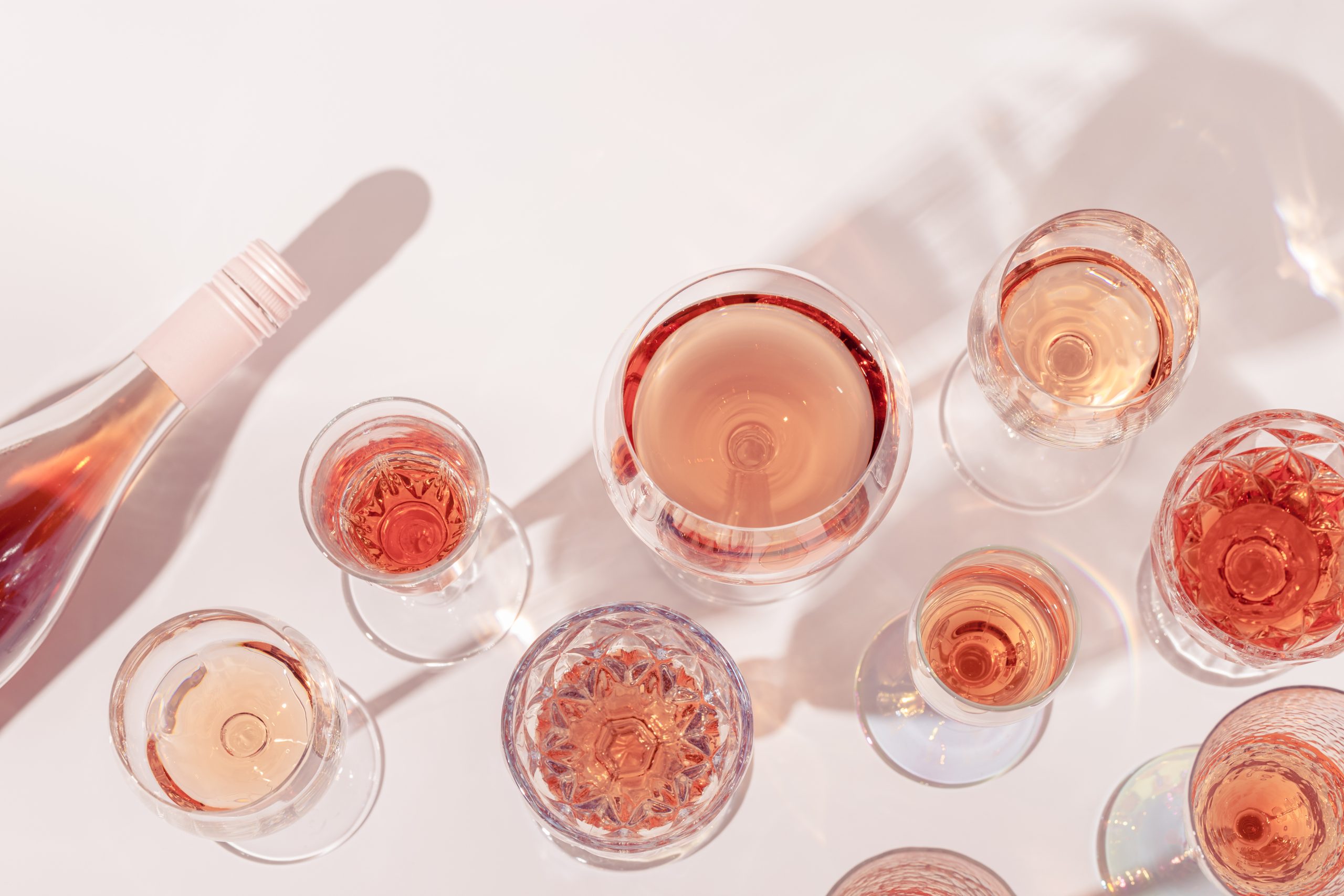
 We often hear that the simplest way to market a wine is to stay consistent with the messaging. But even though many agree that rosé would benefit from more joined-up thinking, others insist that its true strength lies in the broad variety of styles the category now spans.
For advocates of the former approach, rosé would benefit from a clearer marketing battle cry. But for others, having a more unified positioning is not the be-all and end-all, especially when one pink wine can be very different from another.
Speaking to the drinks business, Minuty president Jean-Etienne Matton explains that “a unified marketing message for rosé could certainly strengthen the category”, but insists that “it is important to preserve the diversity that makes rosé so dynamic”.
Saint Aix global marketing director Victor Verhoef agrees. “A consistent marketing message is essential for every brand of wine, and rosé is no exception,” he says.
Looking more closely at this, Villa Sandi commercial director Flavio Geretto agrees that “a consistent marketing message” is an element that is “essential” for those who want to strengthen the identity of rosé wine as a category. He insists: “In an increasingly competitive and trend-driven market, a unified communication approach helps build brand recognition, enhance perceived quality and boost consumer engagement.” But is this the correct way to go? The jury is still out.
The key marketing messages, for instance those which amplify key topics that swirl “around quality, provenance and sustainability” also go some way towards helping consumers “navigate the category”, says Bijou brand and marketing manager Emily West. Noting how crowded the wine sector is, West suggests that any help that can be given to consumers to make good choices should be considered. But she adds: “Brands still need to show what makes them stand out.”
This is the crux. How can any wine stand out if all of them look and sound the same from bottle right through to how they are marketed? Or, more succinctly, the category is large and diverse. Can something so broad have a unified message?
Mirabeau co-founder Jeany Cronk says: “There cannot be one message that fits all, given the rosé category is not uniform.” Laurent-Perrier UK brand director Daniel Brennan agrees: “It is hard to have a unified approach when the category is so vast with so many different styles of wine and price points.”
There are, as we know, so many different ways of gaining that rosy pallor in the glass. As any expert will attest, one wine is not like another just because of its colour.
We often hear that the simplest way to market a wine is to stay consistent with the messaging. But even though many agree that rosé would benefit from more joined-up thinking, others insist that its true strength lies in the broad variety of styles the category now spans.
For advocates of the former approach, rosé would benefit from a clearer marketing battle cry. But for others, having a more unified positioning is not the be-all and end-all, especially when one pink wine can be very different from another.
Speaking to the drinks business, Minuty president Jean-Etienne Matton explains that “a unified marketing message for rosé could certainly strengthen the category”, but insists that “it is important to preserve the diversity that makes rosé so dynamic”.
Saint Aix global marketing director Victor Verhoef agrees. “A consistent marketing message is essential for every brand of wine, and rosé is no exception,” he says.
Looking more closely at this, Villa Sandi commercial director Flavio Geretto agrees that “a consistent marketing message” is an element that is “essential” for those who want to strengthen the identity of rosé wine as a category. He insists: “In an increasingly competitive and trend-driven market, a unified communication approach helps build brand recognition, enhance perceived quality and boost consumer engagement.” But is this the correct way to go? The jury is still out.
The key marketing messages, for instance those which amplify key topics that swirl “around quality, provenance and sustainability” also go some way towards helping consumers “navigate the category”, says Bijou brand and marketing manager Emily West. Noting how crowded the wine sector is, West suggests that any help that can be given to consumers to make good choices should be considered. But she adds: “Brands still need to show what makes them stand out.”
This is the crux. How can any wine stand out if all of them look and sound the same from bottle right through to how they are marketed? Or, more succinctly, the category is large and diverse. Can something so broad have a unified message?
Mirabeau co-founder Jeany Cronk says: “There cannot be one message that fits all, given the rosé category is not uniform.” Laurent-Perrier UK brand director Daniel Brennan agrees: “It is hard to have a unified approach when the category is so vast with so many different styles of wine and price points.”
There are, as we know, so many different ways of gaining that rosy pallor in the glass. As any expert will attest, one wine is not like another just because of its colour.













